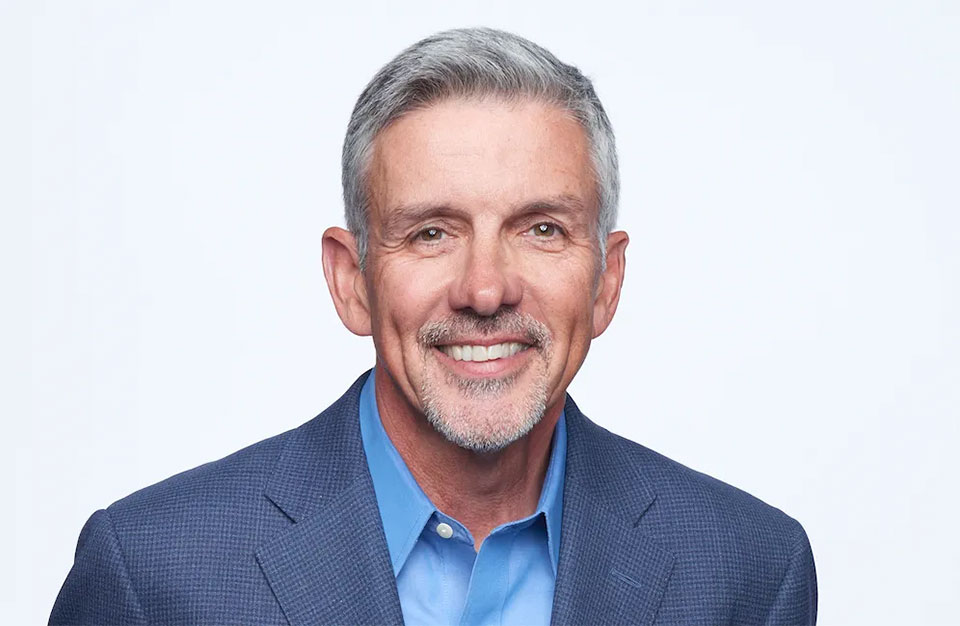Cause and Effect

At the end of 2023, I identified the three words that would guide me for 2024: Reflection, Intention, and Invention. To that end, I decided to put this declaration into practice for my first 2024 CEOWORLD Magazine article by reflecting on a story from my past and tying it to how to address our biggest leadership challenges in the coming year.
Reflection: About 15 years ago, as an adjunct professor for Seton Hall University, I taught the Capstone Module for its Master of Arts in Strategic Communication & Leadership program. The final assignment involved students developing a strategic communication plan for their organization or division. During a one-to-one call, one of my best students described a cultural challenge in her organization. It was a meeting culture run amok. There were too many meetings and too many people at every meeting, and the need to reach a consensus resulted in insufferably slow decision-making and a complete inability to move any new initiative forward.
When I asked why this was the case, I recall her telling me about the collaborative nature of the employees and the need to tap into all the gifts each employee had to offer. The student provided additional thoughts on this, but I wasn’t buying it for some reason. My gut told me something else was at work here, and I challenged the student to dig deeper. She was unhappy, to say the least, and explained that she had worked at the company for nearly 20 years, and nothing else was happening. To her credit, however, she met with several people, continued asking questions, and, low and behold, discovered the root cause.
It wasn’t about a desire to involve and include everyone in the spirit of greater collaboration. Over time, there was an evolving belief that either not inviting someone to a meeting or not accepting a meeting invitation was considered rude and could cause hurt feelings. The practice had grown to a point where every meeting was a near-all-staff affair. If the student and I had sought to improve the situation and addressed what we assumed was the problem, we would have failed because of our inability to address the actual, unspoken cause – something organizational culture pioneer Edgar Schein coined as our Basic Underlying Assumptions. These deeply ingrained beliefs are taken for granted and often go unspoken. They represent the core of the organization’s culture and shape individuals’ thinking, decision-making, and behaviors.
Intention: Building on the idea that if you don’t identify and address the root cause of any challenge, the challenge/problem will either remain or only get worse, I offered some guidance on common root causes of internal challenges (employee engagement, alignment, retention, silos, operationalizing L&D, etc.). These root causes (the 4Cs), which can show themselves singularly or as an ensemble, involve the following:
- Clarity
During peer innovation workshops inside companies, employees repeatedly voice their need for clarity. As the CEO, ask yourself: Are my employees clear about the company’s values and strategic goals? Do they understand how their work connects to both? Do they know if they are meeting the expectations for their roles? - Communication
Even if there is clarity at a high level, companies of all sizes can still have daily communication challenges. The more communication channels you add, the more cumbersome and confusing communication can become. For larger companies, silos can be inevitable, making it nearly impossible to leverage the synergies that you already have at your fingertips. Poor communication impacts the other three Cs., and each affects the others. - Collaboration
Even when there is a high level of clarity and efficient communication, are your employees working together as effectively as they can as a team, both departmentally and cross-functionally? Mindset can play a significant role here. For example, when your executive leadership team members meet, are they wearing their department or enterprise hats? If it’s the former, your cross-functional team is likely dysfunctional. - Capacity
While deficiencies in clarity, communication, and collaboration (singularly or in combination) can impact organizational capacity, a lack of capacity due to unrealistic workloads will affect the other three, resulting in efficiencies and employee stress.
Invention: While reflecting and being intentional can set us on the right path, the challenge remains when it comes to taking sustainable action – an approach that becomes not just about what you do but evolves into who you are – reaching into those basic underlying assumptions that Schein wrote about so brilliantly. All too often, doing so will take more than innovation; it will require invention. Innovation is the process of improving or finding new uses for existing creations; invention is creating something new. Taking your business to the next level in 2024 will likely require more of the latter.
Summary: When CEO Forums convene, the members help each other grapple with their toughest challenges and maximize their most promising opportunities. In doing so, they engage in a disciplined practice of asking clarifying questions to identify the root cause or core issues at hand. They do so because they realize that providing someone with the right answer to the wrong question will doom that member to failure. In 2024, take time to reflect, be intentional and relentless about understanding the root cause of any challenge, and avoid using Band-Aids that won’t last. Challenge your company’s collective intelligence to invent a solution that is uniquely right for you and will stand the test of time.
Written by Leo Bottary.
Have you read?
Greatest military strategists and leaders in history who have excelled in wartime.
Top countries that admire their CEOs and other C-suite leadership teams the most.
Top Women CEOs of America’s largest public companies (2023 List).
CEOs Of The Top Footwear Companies You Should Know.
Top CEOs of the World’s Largest Media Companies In 2023.
Best International High Schools In The World, 2023.
Add CEOWORLD magazine to your Google News feed.
Follow CEOWORLD magazine headlines on: Google News, LinkedIn, Twitter, and Facebook.
Copyright 2024 The CEOWORLD magazine. All rights reserved. This material (and any extract from it) must not be copied, redistributed or placed on any website, without CEOWORLD magazine' prior written consent. For media queries, please contact: info@ceoworld.biz








